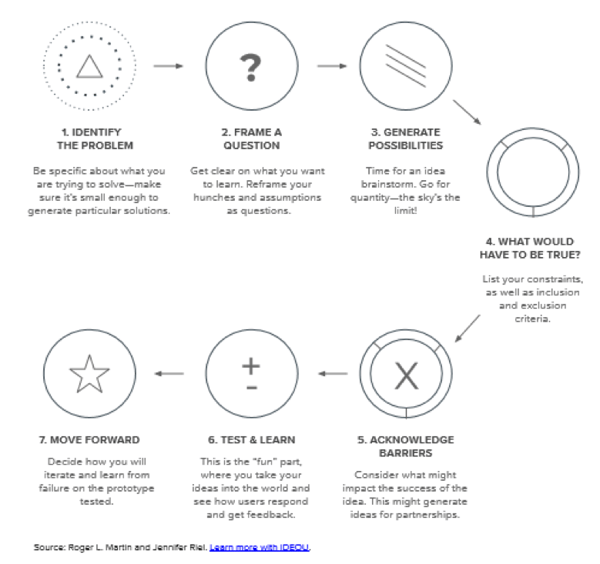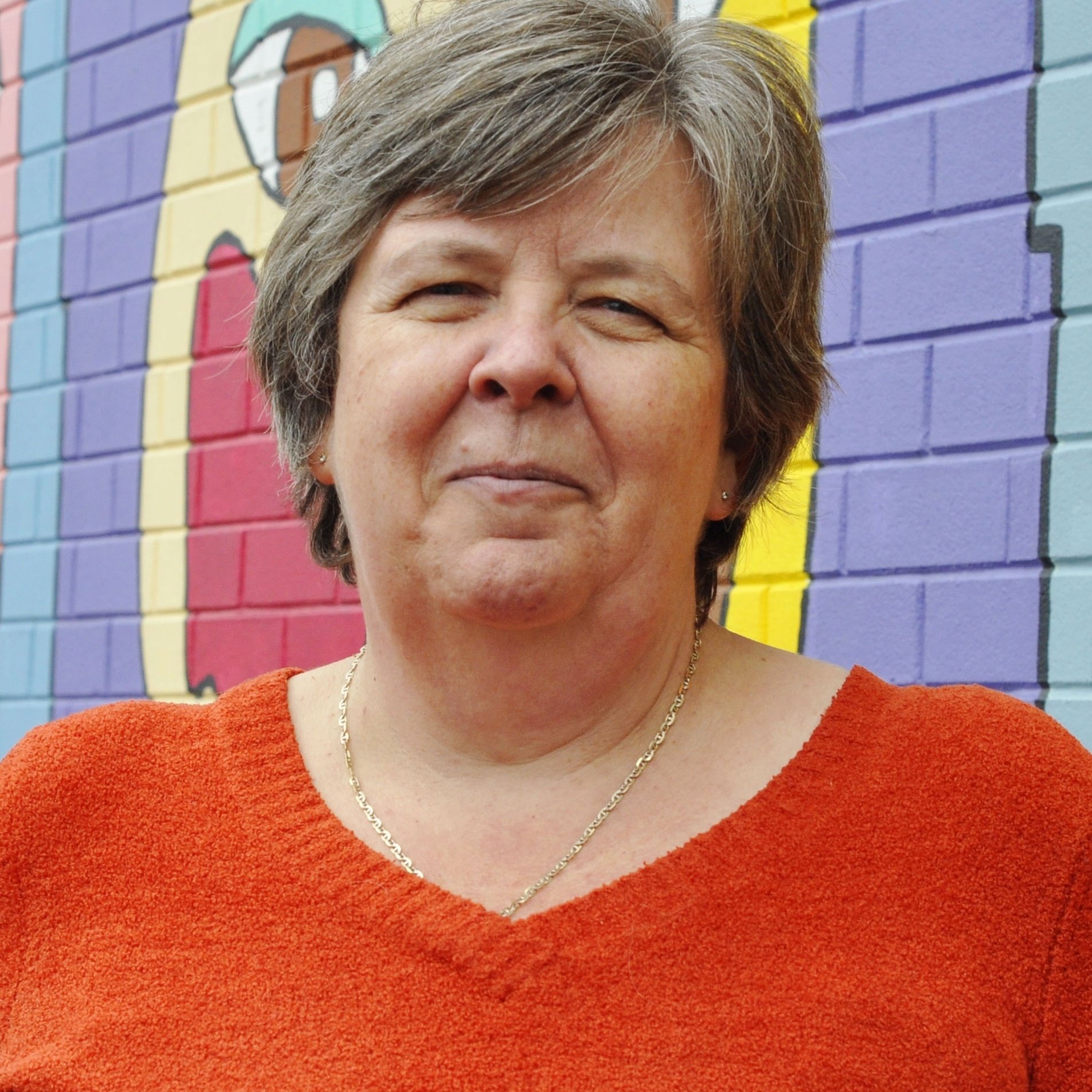 It’s not yet Winter in Canada, and yet many of us feel frozen. We are six months into the COVID pandemic and things have shifted. We have moved into remote work environments, shifted how we do business, are spending a great deal of time in zoom meetings. But now, as the pandemic moves into its second wave, and the future looks blurry, if not completely opaque - we are frozen.
It’s not yet Winter in Canada, and yet many of us feel frozen. We are six months into the COVID pandemic and things have shifted. We have moved into remote work environments, shifted how we do business, are spending a great deal of time in zoom meetings. But now, as the pandemic moves into its second wave, and the future looks blurry, if not completely opaque - we are frozen.
How do we move forward? What is our planning window? What happens if the ground shifts completely again after we have set up our new processes and priorities? We are frozen and many of us are weary.
In August and September, I partnered with the United Way Leeds + Grenville and Every Kid in Our Community of Leeds and Grenville to co-design and deliver a series of webinars called ‘Preparing to Pivot’. These webinars had participants consider how the pandemic and their response has shifted their core business as an organization and collaborative. Together we spent time considering the impact of the pandemic on our organizations, collaborating with partners and our teams, and reimaging how we engage key stakeholders. Webinar participants were encouraged to begin to identify and develop prototypes of things they would like to test and experiment as they began to build their pivot action plan.
In Evaluating Prototypes by Mark Cabaj, describes the prototype process.
Prototyping is a fast, low-cost, low-risk, learning-rich approach to surface and test promising responses to tough challenges. The approach originated in the technical fields of engineering, software design, and manufacturing, and has since spread to the arena of social innovation where diverse groups are experimenting with new ways to tackle vexing social and environmental challenges.
Prototyping is a great tool for considering how to pivot in small ways. Using a prototype approach, we can escape the paralysis that we might be feeling. We can leave the state of being frozen and begin to look for new possibilities that might find the solution to a problem or question that has been vexing us. IDEO has shared the following design for a prototyping process in their Business Pivot Challenge.
The seven steps in the prototype process can help organizations and collaborative planning tables consider how to move beyond a problem to generating ideas, testing learning and then moving forward. It is important to follow each step because the process helps us to consider elements which might provide opportunities or barriers to our progress.

In a recent Harvard Business Review article, CEOs and business leaders were advised to do the COVID two step – protect the core and begin to pivot toward the future. Protecting the core is about focusing on the core and maintaining the essence of the core. Pivoting requires reflection but also looking toward and leaning into new possibilities or opportunities that are emerging. As leaders, we need to look both inward and outward at the same time.
Protecting the Core
- Call on cross-functional teams to help solve problems
- Use the clean sheet of paper exercise to think creatively about internal processes
- Keep people accountable for their deliverables
Pivoting to New Opportunities
- Engage cross-functional teams or cross-community teams
- Create an agile approach from the top down
- Generate insights in where to pivot
Whether we are protecting the core or pivoting to new opportunities, developing prototypes can help with both strategies. It helps you get unstuck and begins to melt the ice of paralysis.
Learn More
- Explore Evaluating Prototypes - Aide to Action, by Mark Cabaj
- Explore the IDEO – Business Pivot Challenge
- Read The COVID Two-Step for Leaders: Protect and Pivot, by Harvard Business Review





